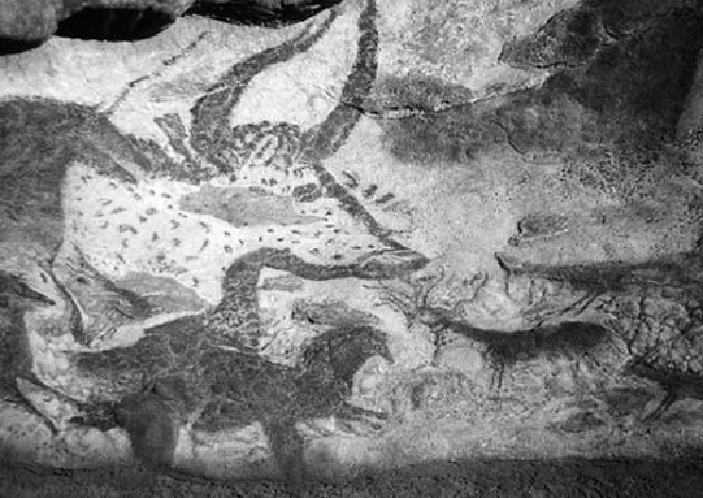Travel Reference
In-Depth Information
The towns and sights of the Dordogne region—including Les Eyzies-de-Tayac, Grotte de
Font-de-Gaume, Abri du Cap Blanc, Grotte de Rouffignac, Lascaux II, and Grottes de
Cougnac—have a rich history of prehistoric cave art. The paintings you'll see here are
famous throughout the world for their remarkably modern-looking technique, beauty, and
mystery. To fully appreciate them, take time to read the following information, written by
Gene Openshaw, on the purpose of the art and the Cro-Magnon style of painting.
Cave Art 101
From 18,000 to 10,000
B.C.
, long before Stonehenge, before the pyramids, before metal-
working, farming, and domesticated dogs, back when mammoths and saber-toothed cats
stillroamedtheearth,prehistoricpeoplepainteddeepinsidelimestonecavernsinsouthern
France and northern Spain. These are not crude doodles with a charcoal-tipped stick.
They're sophisticated, costly, and time-consuming engineering projects planned and ex-
ecuted by dedicated artists supported by a unified and stable culture—the Magdalenians.

